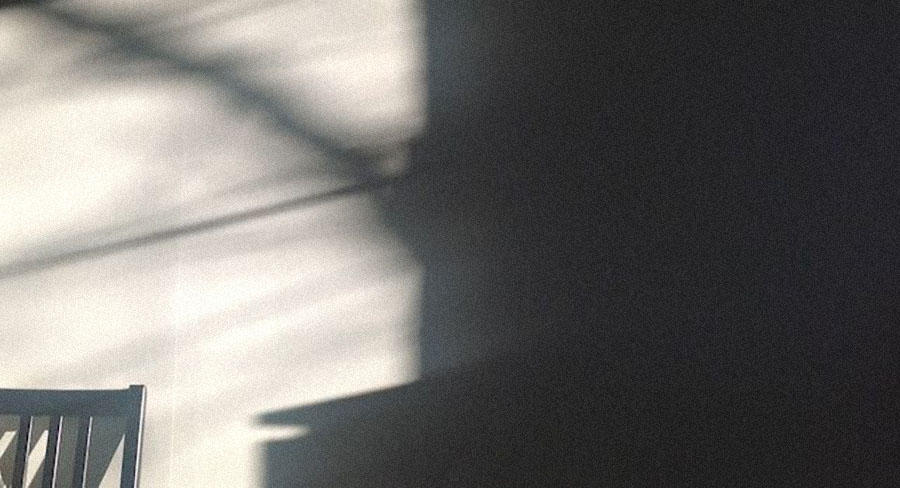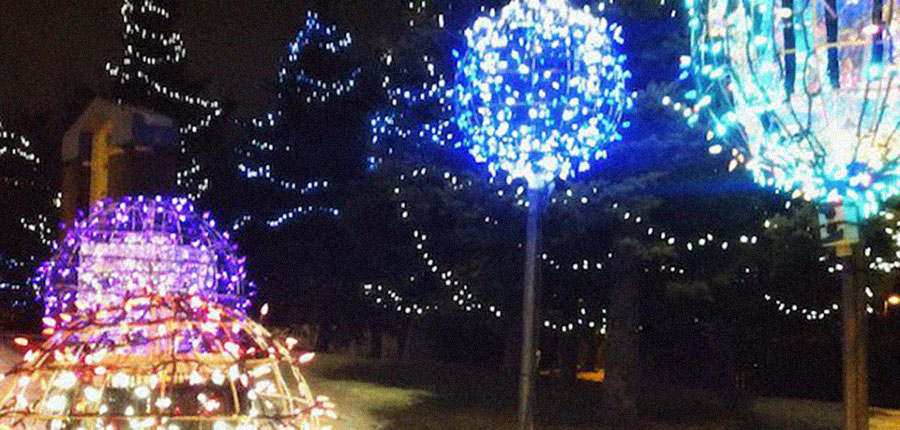
Singing. Between the oak and the reed.
To sing is also to dance internally with your body, at the very least. You project the rib cage towards an invisible intention. I tend to raise my arms, which could seem like unnecessary grandiloquence. However, in the shower this morning, I understood, I think, the reason. When the diaphragm, a silent and uncontrollable muscle, correctly participates in the singing, it lifts the chest not just from the front, but especially from the coccyx through the ribs under the arms, then through the lateral areas of the shoulder blades. This results in a natural lifting of the arms as if the ballasts were suddenly too full. The air is there, without the belly intervening (choir members are often asked to inflate the bottom of the belly, a big mistake because it tends to cause the spine to bend). Breathe by closing your mouth (through your nose), you will understand.
I think we need to think more about our bodies like an arc. The spine is the rope that stretches. The area where the arrow, the song, is placed is at the level on the back of the sternum. In doing so, space is made, like a volcanic chimney. The vocal cords are not the support, the air only passes through. The lava, the breath, then warms the palate where everything vibrates, moves, increases as if you were under the vault of a cathedral or a cave.
It should not be assumed that this arc tension must be rigid. Singing is not a crossbow but has the grace of a harp. The work is, therefore based on a contradiction. You have to be tense to sing, but you don’t have to be hard. You have to control your body to make it vibrate.
You must know how to dance without moving, dance without unbalancing, control to liberate. Strong enough to rise, flexible enough not to break. Between the oak and the reed. It is necessary to know how to plow and sow to enjoy the restored spring.

